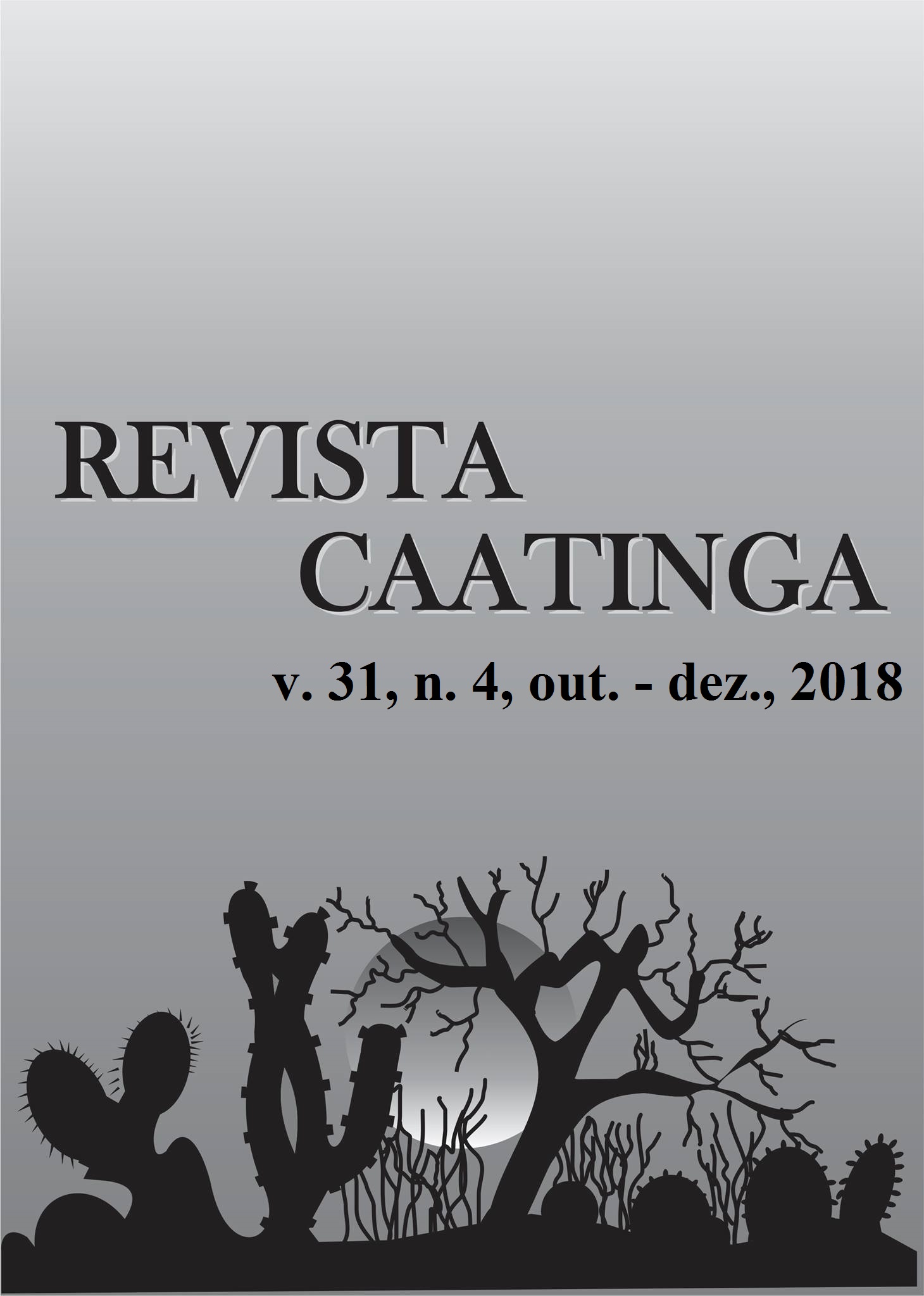CHLORIMURON-ETHYL IN CONVENTIONAL AND TRANSGENIC SOYBEAN CULTIVARS UNDER WATER DEFICIT STRESS
DOI:
https://doi.org/10.1590/1983-21252018v31n405rcKeywords:
Irrigation. ALS Inhibiting herbicide. Phytotoxicity. Glycine max. Selectivity.Abstract
Water deficit is a limiting factor for the soybean yield; it triggers different physiological and anatomical adaptations that have deleterious effects on the plants and can affect the selectivity of herbicides, causing production losses. In this context, the objective of this work was to evaluate the action of the chlorimuron-ethyl herbicide when applied at different stages of soybean plants, using conventional and transgenic cultivars, and different soil water potentials. A rate of 20 g ha-1 of the chlorimuron-ethyl herbicide was applied to two soybean cultivars (MG/BR46-Conquista – conventional, and BRS-Valiosa-RR – transgenic) at two phenological stages (V2 – first fully expanded trifoliate leaves, and V4 – third fully expanded trifoliate leaves), using three soil water potentials (-0.03 MPa, -0.07 MPa, and -0.5 MPa). Phytotoxicity, and plant height were evaluated at 3, 7, 14, and 21 days after the herbicide application. The shoot dry weight, root dry weight, and root system nodulation were evaluated. The soybean plants had lower phytotoxicity when subjected to application of chlorimuron-ethyl under water deficit conditions. The use of chlorimuron-ethyl reduced the growth and biomass of soybean plants and affected the plants' root system nodulation. The transgenic cultivar (BRS-Valiosa-RR) presented better performance when subjected to a moderate water deficit (-0.07 MPa), which contributes to biological nitrogen fixation.
Downloads
Downloads
Published
Issue
Section
License
Os Autores que publicam na Revista Caatinga concordam com os seguintes termos:
a) Os Autores mantêm os direitos autorais e concedem à revista o direito de primeira publicação, com o trabalho simultaneamente licenciado sob a Licença Creative Commons do tipo atribuição CC-BY, para todo o conteúdo do periódico, exceto onde estiver identificado, que permite o compartilhamento do trabalho com reconhecimento da autoria e publicação inicial nesta revista, sem fins comerciais.
b) Os Autores têm autorização para distribuição não-exclusiva da versão do trabalho publicada nesta revista (ex.: publicar em repositório institucional ou como capítulo de livro), com reconhecimento de autoria e publicação inicial nesta revista.
c) Os Autores têm permissão e são estimulados a publicar e distribuir seu trabalho online (ex.: em repositórios institucionais ou na sua página pessoal) a qualquer ponto antes ou durante o processo editorial, já que isso pode gerar alterações produtivas, bem como aumentar o impacto e a citação do trabalho publicado (Veja O Efeito do Acesso Livre).







